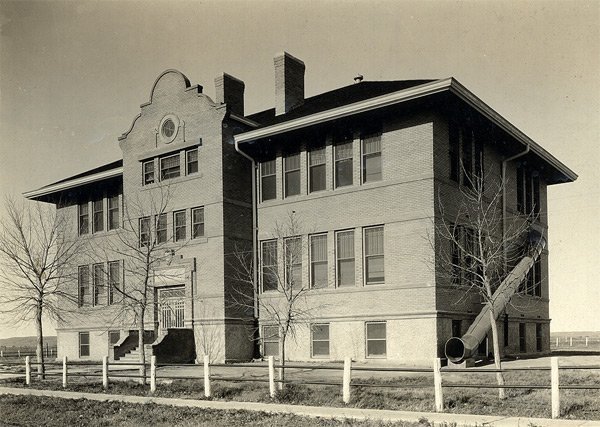The history of escape
On the heels of Texas’s lieutenant governor blaming school shootings on “too many entrances and too many exits” in buildings, 99% Invisible producer Avery Trufelman linked to this episode on the architectural history of egress, or orderly escape from a building in the case of a fire or some other emergency.
In the 19th century, most fire escapes were simple ropes:
One engineer actually thought that, instead of dispatching the ropes from indoors, archers could shoot the ropes up to the higher floors.
Another patent proposed individual parachute hats, with accompanying rubber shoes to break the fall.
There were also fire escape slides, which were marketed to schools as both emergency devices and playground equipment.

Even the iconic metal fire escapes attached to tenement buildings are a pretty poor form of egress; they’re not accessible, and since people generally don’t use them to enter or exit a building in normal circumstances, they don’t know how to locate or use them in a fire. Which is how we get to stairs behind a fire door, with clear, lit-up exits, as the main means of egress for tall buildings today. And nonresidential buildings like schools, hospitals, and commercial buildings have the strictest ratings and the most effective means of escape — which is a big part of why so few people die in fires in these buildings.
Who would have thought a little regulation and a modern, scientific approach could save so many lives?





Stay Connected